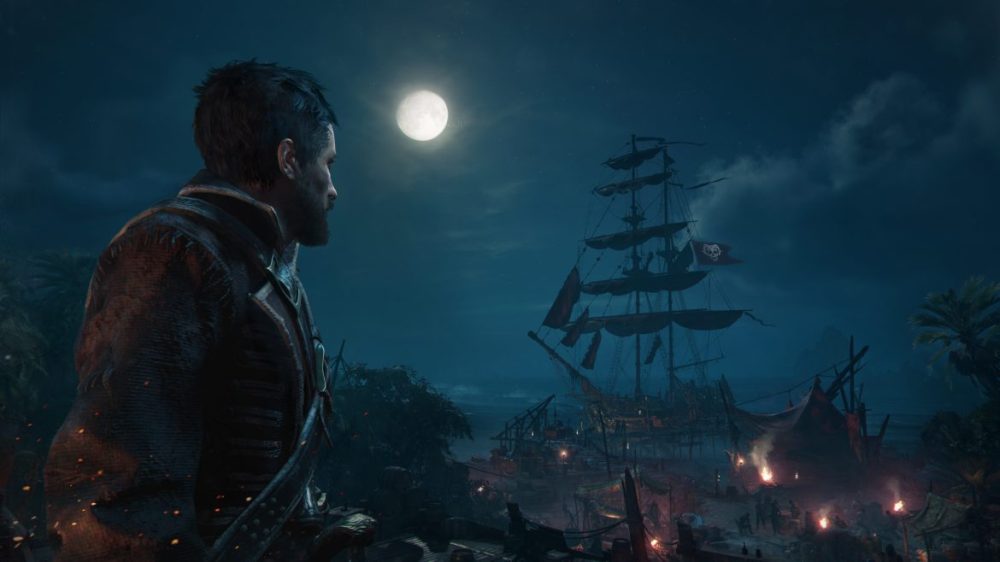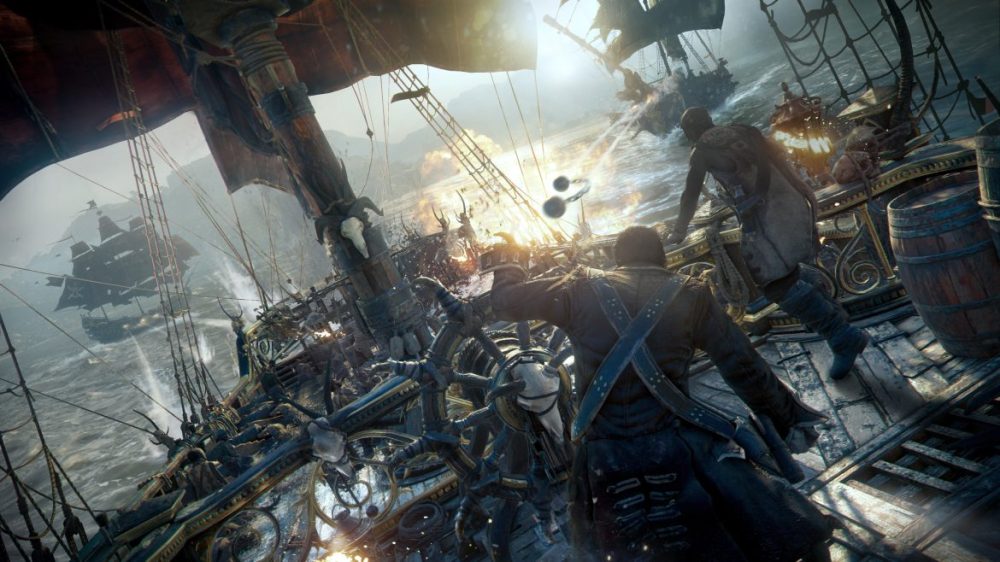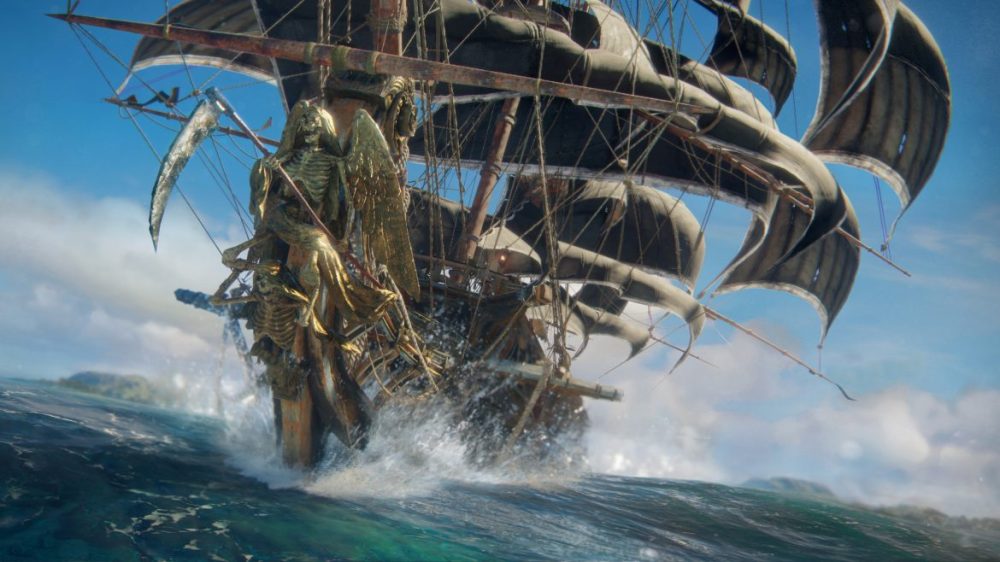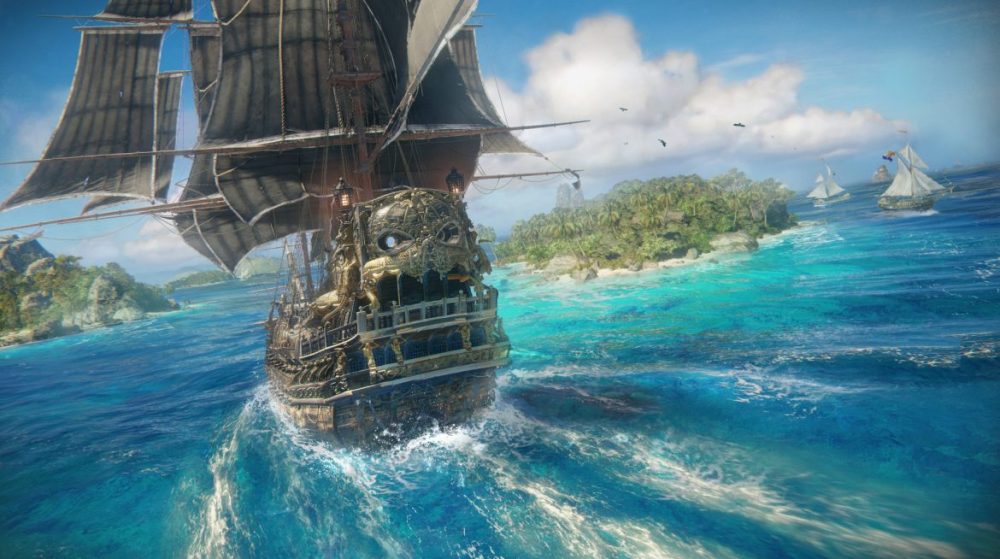TL;DR
Ahoy, mateys! Skull and Bones promises the ultimate pirate fantasy in the Indian Ocean, letting you build ships, gather loot, and battle foes in a vast online world. You can team up with friends or go solo, but beware – the seas are dangerous! While the open-world exploration and pirate theme are enticing, the game struggles with execution. You can't board ships freely, the sailing feels unrealistic, and character graphics are dated. Confusing mechanics and feedback issues in combat also detract from the experience. It's a mixed bag that requires pushing through initial frustrations to find enjoyment. Ready to see if it’s worth setting sail? Dive into the full review!
In Skull and Bones, players assume the role of a pirate and embark on a grand adventure set in the 18th-century Indian Ocean. The core elements are present: naval combat, cannons, ships, sails, and crew management. Functioning as a vast sandbox, the game empowers players to forge their own pirate legend following the introductory sequence. This involves acquiring and customizing new ships, recruiting a loyal crew, and amassing wealth through either forceful acquisition or, initially, more peaceful means. However, the open waters are fraught with danger, and survival is not guaranteed.

The allure of pirates is undeniable and widely shared. Mirroring the extensive catalog of cowboy films and series, pirate-themed media abounds. While some, like the Pirates of the Caribbean franchise, achieve monumental success, others, such as Cutthroat Island, falter. The gaming world similarly offers a wealth of pirate experiences, including Assassin’s Creed IV: Black Flag, Sea of Thieves, and the iconic Monkey Island series.
The enduring legend of pirates holds a personal appeal, perhaps stemming from an appreciation for films like Goonies (Dödskallegänget in Swedish), particularly the One-Eyed Willy narrative arc.

Skull and Bones provides a vast map for unrestricted exploration, allowing players to gather resources and materials for ship construction and customization. The game operates exclusively online and features a persistent population of other players. Collaboration on missions is possible, or players can assemble a group of friends for shared adventures. PVP (Player VS Player) events offer opportunities for competitive engagements and the acquisition of riches from other players. Participation in these events is optional, allowing for a more peaceful playstyle. However, combat encounters are inevitable due to the pervasive presence of enemies.

The core concept of open-world pirate exploration in the 18th century is compelling. However, the game’s execution falls short of its potential. A primary limitation is the inability to board ships or disembark at will; resource acquisition and door breaching occur from the player’s vessel. While specific ports and ships can be visited, the overall freedom of movement feels restricted.
The ship controls proved particularly frustrating. Raising the sails results in a handling model akin to that of a motorboat, lacking any sense of weight or inertia expected of galleons. While not intended as a simulator, greater attention to realistic ship handling would have significantly enhanced the experience, providing a more convincing portrayal of large, heavy warships rather than motorized dinghies.
The character graphics appear dated, exhibiting noticeable aliasing. This may be a compromise to maintain performance, but it contributes to a less polished aesthetic that belies the game’s AAA status.
Skull and Bones suffers from initial confusion. The game provides inadequate guidance regarding the collection of looted items from ships and the need to remain onboard. Consequently, considerable time was spent searching for a disembarkation point, only to discover that the necessary items had already been collected without clear indication.
The mandatory online-only nature of the game is also a drawback, as the presence of other players necessitates a stable internet connection to avoid lag. This proves particularly disruptive. While the game can achieve 60fps, the framerate drops noticeably in areas with high player density or during internet connectivity fluctuations.
Finally, combat encounters with ships or cities lack clear feedback. Firing upon a city yielded no discernible impact, only to be met with overwhelming counter-fire and subsequent destruction. Conversely, victories against ships occurred abruptly, without visual indication of damage or impending defeat. This ambiguity leads to both confusion and frustration.

In conclusion, Skull and Bones elicits a mixed impression. The underlying concept is intriguing, but the game’s execution presents numerous shortcomings. While the experience improves after overcoming these initial hurdles, the path to enjoyment is arduous. Consequently, the game receives a middling score.
UBISoft provided a review code for this assessment. The provision of review materials does not influence our editorial objectivity.
